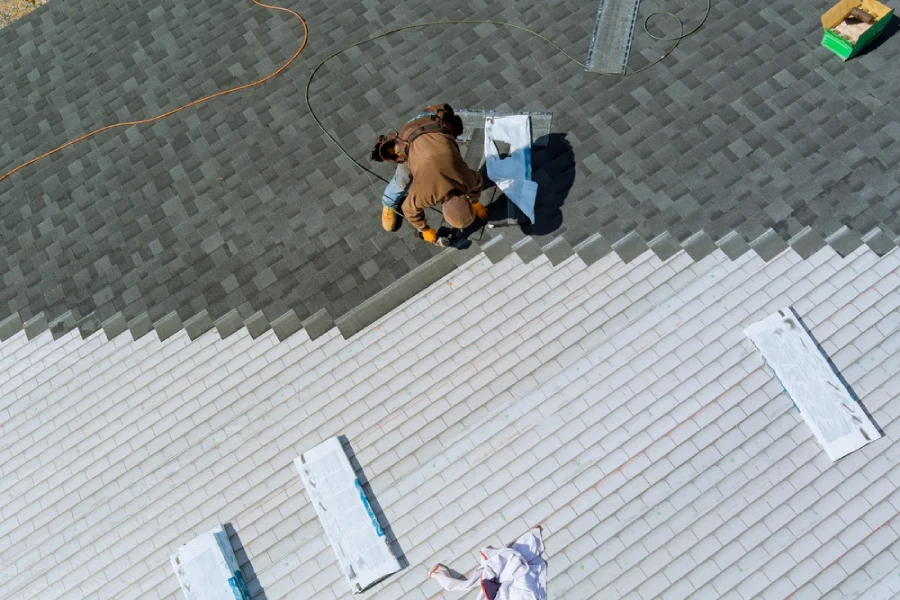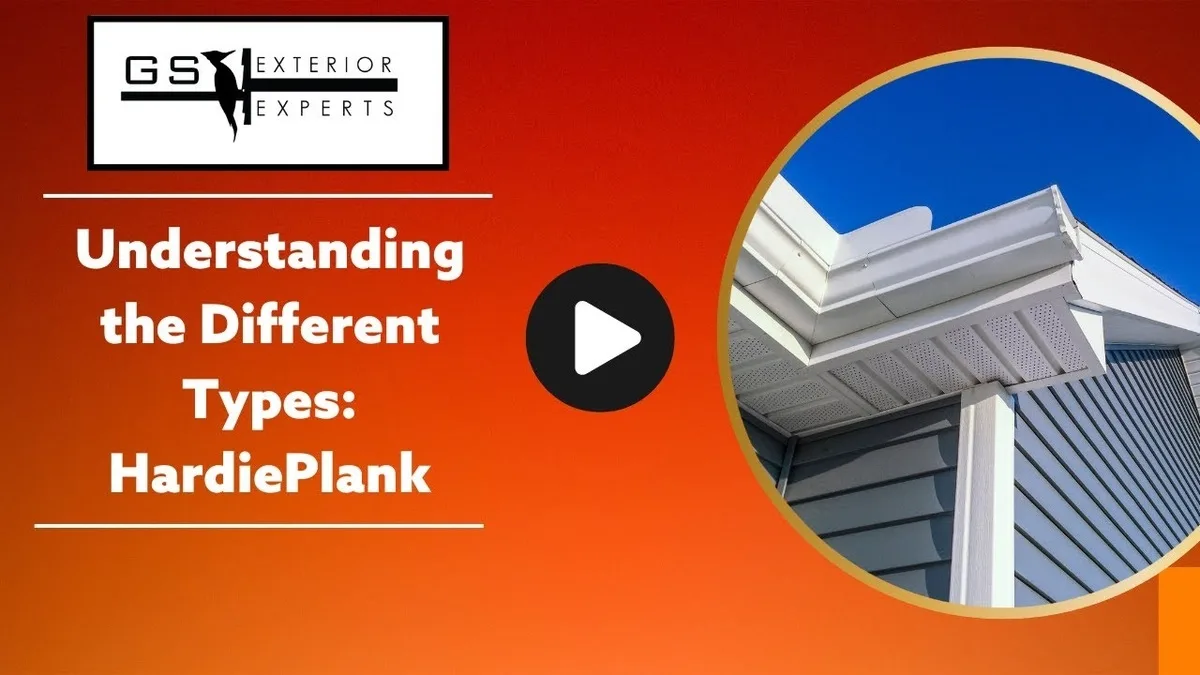Summary:
- Fire-resistant roofing is crucial for Colorado homes in wildfire-prone areas.
- Class A rated materials like metal, clay, concrete, and some asphalt shingles offer the best protection.
- Local building codes often require Class A roofing, especially in Wildland-Urban Interface zones.
- Fire-resistant roofs can lead to insurance discounts and improved policy stability.
- Proper installation and maintenance are essential for maximizing fire protection.
Wildfire season in Colorado is getting more intense, making home protection more important than ever. One of the best ways to reduce fire risk is by choosing fire-resistant roofing. The right roofing material can help prevent embers from igniting your home, slow the spread of flames, and even keep you in line with local building codes designed for wildfire safety.
In this guide, we’ll break down the best fire-resistant materials, what Colorado homeowners need to know about regulations, and key maintenance tips to keep your roof in top shape.
Why Fire-Resistant Roofing Matters in Colorado
Colorado’s dry climate and strong winds create the perfect conditions for wildfires. Even if flames don’t reach your home directly, wind-blown embers can land on the roof and ignite it in minutes. That’s why choosing fire-resistant roofing is one of the best ways to protect your home.
A fire-resistant roof helps slow the spread of flames and prevents embers from taking hold, reducing the risk of serious damage. In fact, many homes lost in wildfires aren’t burned by the main fire itself but by these floating embers.
Beyond safety, there are other big benefits to upgrading to fire-resistant roofing materials:
- Meeting Local Building Codes: Many areas in Colorado require homes to have a Class A fire-resistant roof, the highest fire rating available. Using the right materials keeps you compliant and better protected.
- Potential Insurance Discounts: Some insurance companies lower premiums for homes with a fire-resistant roof, since they’re less likely to suffer major fire damage.
- Durability and Longevity: Fire-resistant materials like metal, clay, and concrete also stand up to hail, heavy snow, and strong winds, making them a smart long-term investment.
Best Fire-Resistant Roofing Materials
To maximize safety, Colorado homeowners should look for Class A fire-resistant roofing, which offers the highest level of fire protection. Here are some of the best options to consider:
Metal Roofing
Metal is one of the most effective fire-resistant roofing materials available. Metal roofing doesn’t ignite, and its smooth surface makes it difficult for embers to take hold.
Plus, metal roofs are durable, lightweight, and great for handling Colorado’s extreme weather.
Clay Tile Roofs
Many homeowners ask, “Is a clay tile roof fire-resistant?” The answer is yes!
Clay tiles are naturally non-combustible, making them an excellent choice for fire-prone areas. They also offer a stylish, classic look and can last for decades with proper maintenance.
However, it’s important to make sure they’re properly installed since gaps between tiles can allow embers to enter.
Concrete Roofing
Concrete tiles and panels are another fire-resistant roof option. Like clay, they are naturally non-combustible and highly durable. They also provide excellent insulation, helping to regulate indoor temperatures year-round.
Slate Roofing
Slate is a natural stone material that is extremely fire-resistant and long-lasting. While it’s one of the more expensive roofing options, its durability and low maintenance needs make it a worthwhile investment for homeowners looking for premium fire protection.
Asphalt Shingles
Not all asphalt shingles are created equal, but those with a Class A fire rating offer solid fire resistance.
These shingles are typically treated with fire-resistant coatings to help prevent ignition. They’re also one of the most budget-friendly options for homeowners looking to enhance their fire protection without a major renovation.

Local Regulations and Building Codes
With Colorado’s high wildfire risk, many areas have strict building codes to help protect homes. If you live in a wildfire-prone region, chances are local regulations require fire-resistant roofing materials to minimize fire spread and property damage.
Why Class A Fire-Resistant Roofing Matters
In many parts of Colorado, a Class A fire-resistant roof is required. This is the highest fire rating, meaning the materials used must:
- Resist direct exposure to flames for an extended period.
- Prevent embers from penetrating and igniting the roof.
- Maintain strength and structure even under extreme heat.
Wildland-Urban Interface (WUI) Codes
Homes near forests, grasslands, or other fire-prone areas often fall under Wildland-Urban Interface (WUI) codes, which have extra safety requirements. These usually include:
- Using fire-resistant roof tiles or other non-combustible materials.
- Sealing gaps in the roofing system to keep embers out.
- Maintaining defensible space around the home by reducing nearby flammable vegetation.
Permits and Compliance
If you’re replacing or installing a roof, it’s important to check with your local building department to make sure your roofing meets all codes. Many areas require:
- A permit before installation.
- An inspection to confirm the roof meets fire safety standards.
- The use of approved materials recognized by fire safety organizations.
Insurance Considerations
With natural disasters on the rise, homeowners’ insurance costs have been climbing and premiums increased 8.7% faster than inflation between 2018 and 2022. Some insurers have even reduced coverage in high-risk areas, leaving homeowners to find new providers or adjust their policies to keep costs manageable.
Upgrading to fire-resistant roofing doesn’t just help you meet local codes, it can also make your home easier to insure. A Class A fire-resistant roof adds extra protection against wildfires, which could help keep your premiums more stable and improve your chances of maintaining coverage.
Protect Your Home
Wildfires are an ongoing concern in Colorado, making fire-resistant roofing a smart investment for homeowners. The right materials provide lasting protection while also meeting local safety codes. Plus, a Class A fire-resistant roof can offer added durability and potential insurance benefits.
Upgrading your roof isn’t just about following regulations, it’s also about safeguarding your home for the long run. If you’re ready to improve your wildfire protection, GS Exterior Experts can help.
Learn more about our tile roofing installation services and find the best solution for protecting your home today.




